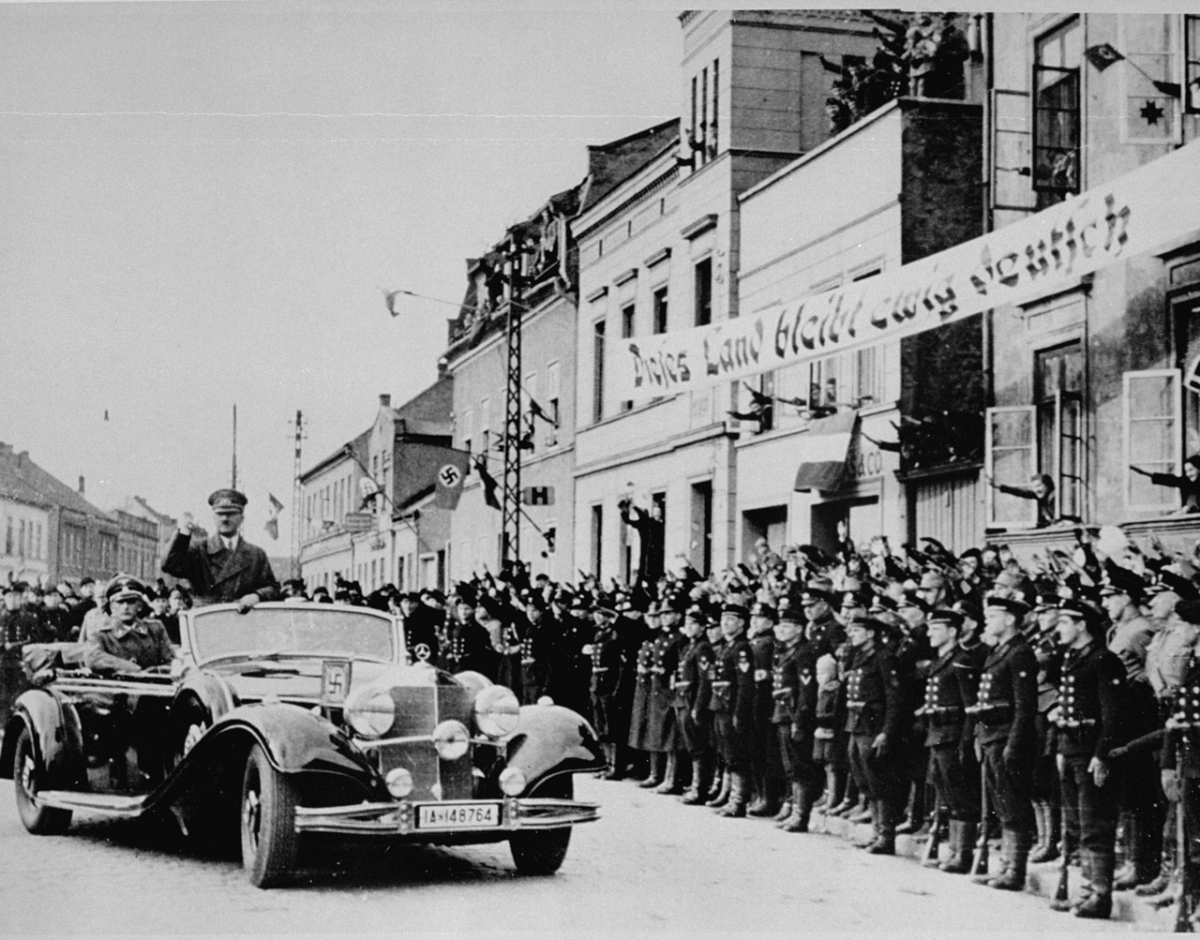The American historian Robert Gellately asks and answers an important question in his magisterial work, Hitler’s True Believers: How Ordinary People Became Nazis (Oxford University Press): What impelled tens of millions of Germans to accept or accommodate themselves to a doctrine laced with racial hatred and laden with murderous implications?
The reasons are clear.
Germany’s defeat in World War I, a dark chapter in its history, was compounded by the humiliating 1919 Treaty of Versailles, which aroused a wave of anger, indignation and bitterness among most Germans. The victorious Allies blamed Germany for initiating the war, forcing it to pay crippling reparations, cede territory, and limit the size of its armed forces.
Within a decade of this debacle, Germany was battered by the great Depression, which led to mass unemployment and widespread despair. This further enhanced Adolf Hitler’s appeal and his chances of acquiring power.
But as Gellately points out, a relatively significant proportion of his supporters were true believers long before these catastrophic events occurred. They eagerly embraced his political agenda — nationalism, socialism, militarism and antisemitism — and bought into his conspiracy theories. Consequently, there was no need for Hitler to convince them that his ideas to revolutionize German society were not only sound but necessary.
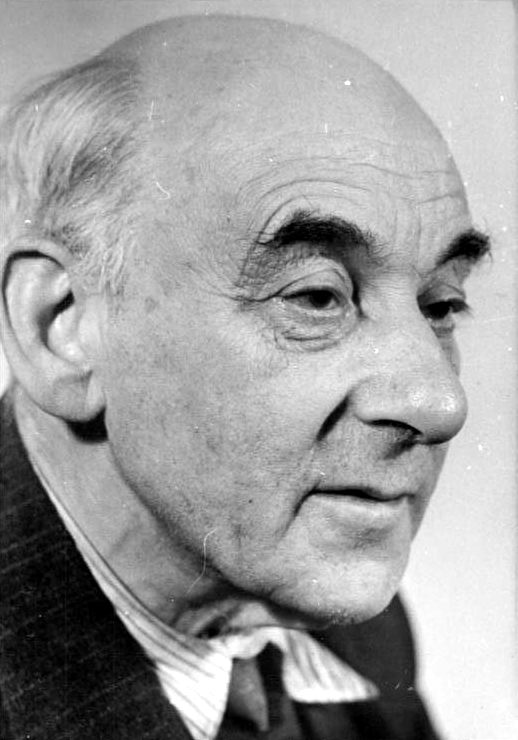
Reflecting on the Nazi interregnum, the assimilated German Jewish academic Victor Klemperer wrote, “How deeply Hitler’s attitudes are rooted in the German people … how unbelievably I have deceived myself my whole life long, when I imagined myself to belong to Germany, and how completely homeless I am.”
The nub of Gelletely’s argument is that the ideas animating Hitler and his followers were not solely restricted to Nazi Party circles. The volkisch, or racialist, movement that inspired Hitler and formed the basis of Nazism was already well entrenched in Germany when he appeared on the scene as a neophyte political rabble rouser in the early 1920s.
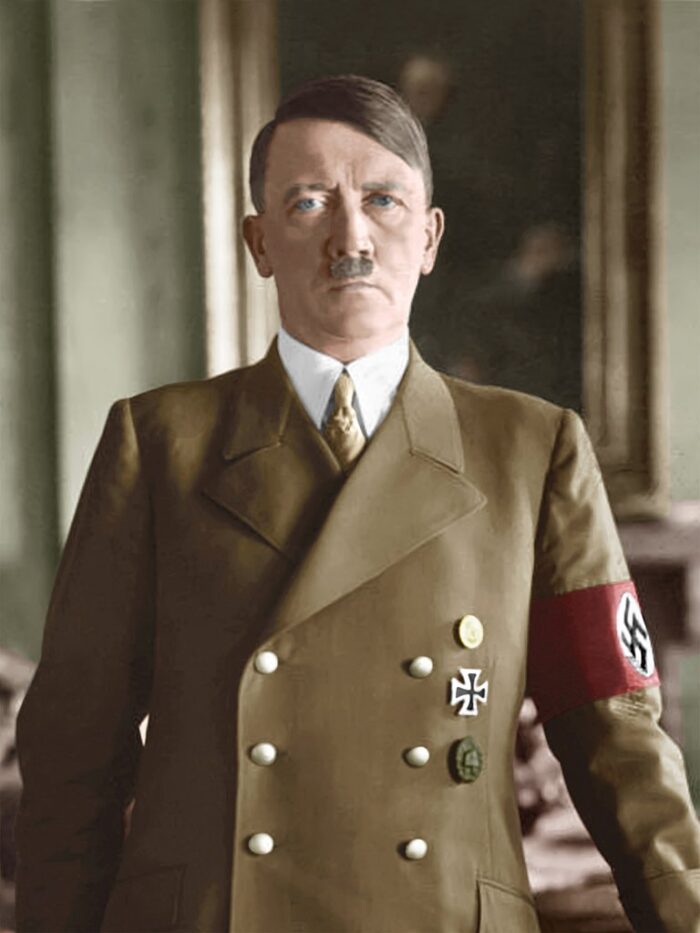
By then, at least 120 such organizations existed, and overtly racist parties were on the ascendancy. Members of the German Racial Protection and Defiance League assassinated Germany’s first and only Jewish foreign minister, Walther Rathenau, in 1922. The leader of the Bavarian People’s Party claimed that Jews were “poison” and should be exterminated. The Pan-German League tried to recruit Hitler, who joined the Nazi Party when its membership was about 22,000.
As Gellately notes, some of its earliest Nazis were national socialists in terms of their ideological outlook. They included Dietrich Eckart, a playwright; Alfred Rosenberg, a Latvian ethnic German who compared Jews to bacillus; Julius Streicher, a former school teacher who would publish a scurillous antisemitic newspaper; Horst Wessel, a young Nazi zealot whose song, Raise the Flag, would become the party’s hymn, and Joseph Goebbels, an intellectual who railed against the “Jewish spirit of decomposition” on German art and science and who wrote, “We are the enemies of the Jews because we are fighters for the freedom of the German people.”
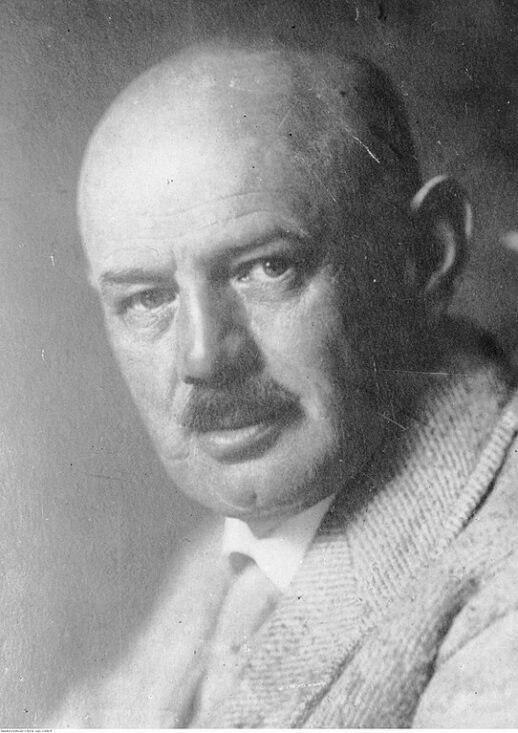
Few, if any, of these radical right-wing German nationalists needed to be swayed by Hitler’s rhetorical skills and charisma because they already shared his ideas. A member of the SS police force spoke for many like-minded Germans when he said, “Today I know that I was a National Socialist before there was a name for that idea.”
Antisemitism remained at the core of Hitler’s weltanschauung, the Nazi movement and the National Socialist regime, even though Jews represented less than one percent of Germany’s population of 65 million in 1933, says Gellately, a professor of history at Florida State University.
Hitler claims he became aware of the “Jewish danger” after his 18th birthday in 1907. Gellately contends that he never openly espoused race hatred before 1919, got along with his Jewish acquaintances, and appreciated the medical assistance his mother received from a Jewish physician named Eduard Bloch.
But once infected by the antisemitic virus, Hitler never ceased hating and defaming Jews. Referring to Jews with pestilential metaphors, he blamed them for an assortment of misfortunes. Jews plunged Germany into the war, staged left-wing coups in Germany after its surrender, carried the sickness of “stock exchange capitalism” and marxism and undermined the racial purity of the nation. Above all, Jews were tirelessly trying to achieve global domination.
At first, he spoke of stripping German Jews of their citizenship, but then he veered into the satanic notion of exterminating them altogether.
While antisemitism fed the wellsprings of Nazism, economic desperation and fear of communism were among the biggest factors in attracting new recruits to the Nazi Party. Still other Germans liked Hitler’s concept of volksgemeinschaft, a tight-knit community of Aryan Germans united by the kinship of blood.
By Gallately’s reckoning, university students were especially keen on Nazism. From 1930 onwards, Nazi-affiliated student organizations gained dominance on campuses, their leaders and followers steeped in “an illiberal academic culture.” He estimates that the SS officer corps was generally well educated, with 30 percent having graduated from a university. Within that cohort, law graduates comprised the single largest group.
Numerous university professors joined the Nazi Party, denouncing the “weak” and “un-German” Weimar Republic, while praising Hitler’s “national uprising.”
Medical doctors rushed in, too, coveting the positions of dismissed Jewish physicians.
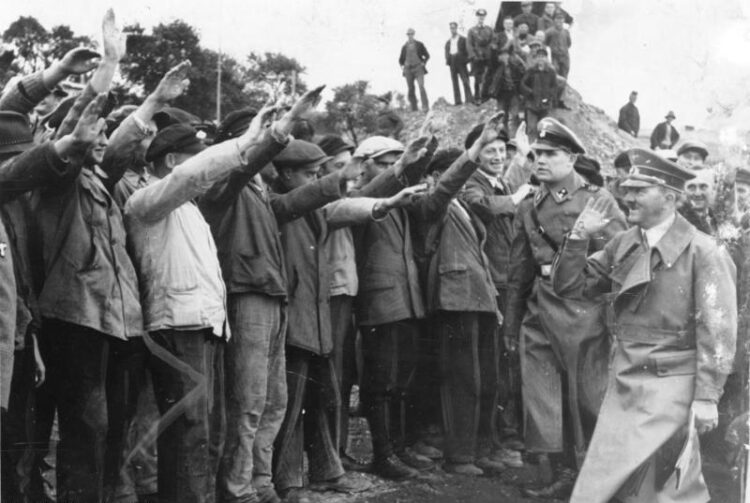
From the outset, the Nazis exerted considerable efforts to wean the working class away from leftist parties like the Social Democrats and Communists. Hitler’s representatives adopted an anti-capitalist tone, propagated a version of socialism that promised workers inclusion in a harmonious volksgemeinschaft, and pledged that the class struggle and the alleged hold of Jewish finance on the economy would end.
During the early 1930s, groups of workers began moving toward National Socialism. In Gellately’s estimate, 40 percent and 6o percent of the Nazi Party’s support would come from working-class and middle-class households respectively.
By 1939, 5.3 million Germans belonged to the Nazi Party, but pro-Nazi organizations claimed the allegiance of about two-thirds of the German population, he believes.
An orchestrated campaign of violence against Jews was launched within two months of Hitler’s appointment as chancellor. Nazi thugs stormed Jewish-owned department stores and movie theatres and assaulted Jews and Germans suspected of having sexual relations with each other.
With Kristallnacht in November 1938, anti-Jewish violence peaked, with 190 Jews having been killed and 360 synagogues and 31 department stores having been destroyed.
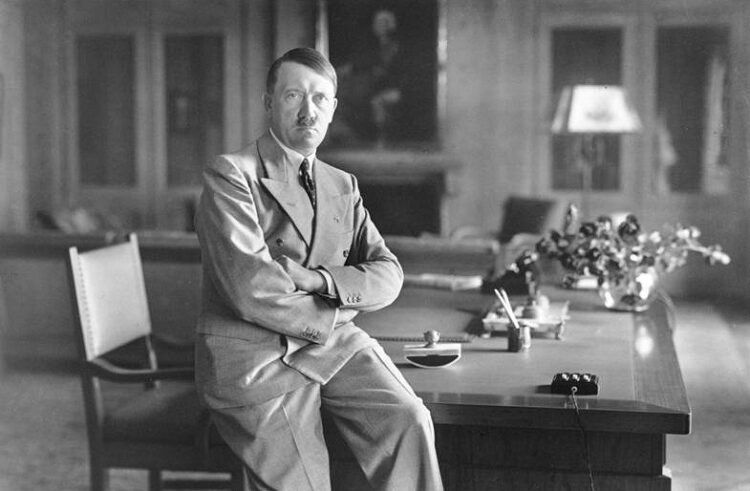
In 1939, Hitler prophesied the destruction of the “Jewish race” in Europe if Jews succeeded in igniting another world war. In fact, Germany triggered the war by invading and occupying Poland, but this detail was of no concern to Hitler. A month after the invasion, he told his generals that they faced a “hard racial struggle” and that the Wehrmacht would conform to “no legal norms.”
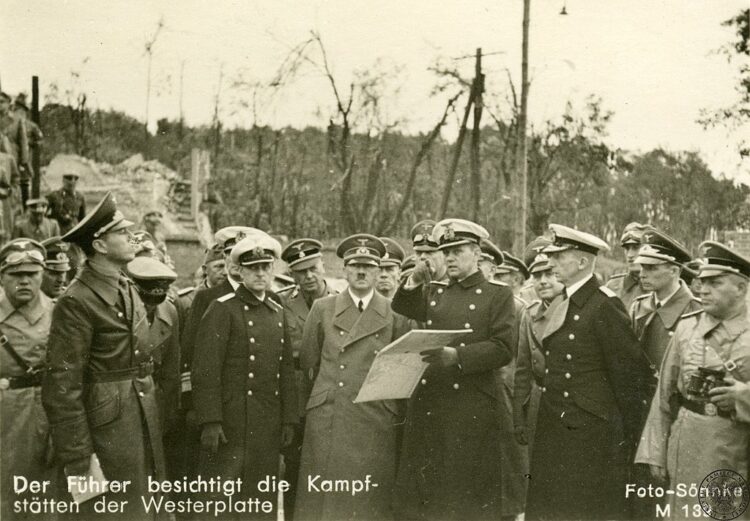
Army officers, gripped by the myth that communism had been created by Jews, had no problem carrying out Hitler’s genocidal orders. Field Marshal Walter von Reichenau, the highest-ranking officer serving in the Soviet Union after Germany’s invasion in 1941, justified the mass murder of Jews by saying that harsh methods were required to deal with “Jewish sub-humans.” He took his cue from Hitler, who had declared, “This is a war of extermination.”
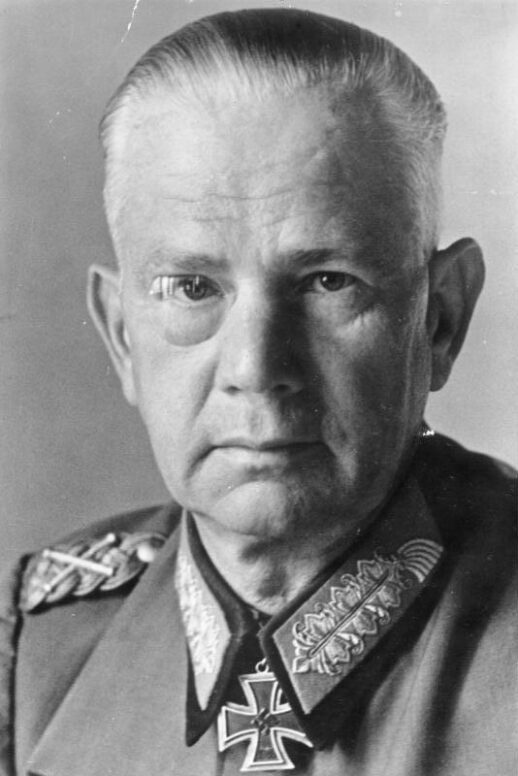
Early German military victories solidified public support for the Nazi regime, says Gellately. “The dominant reaction, even in liberal circles, was one of fighting a ‘war of liberation.'”
He adds, “Nationalism and the prospect of righting the wrongs of the Treaty of Versailles played a considerable role in winning over people, whether they became true believing Nazi Party members or not.”
The Holocaust, the industrial-scale murder of Jews, began to unfold seriously at Chelmno, a remote village 50 kilometres from Lodz, in November 1941. About 150,000 Jews and 5,000 Roma were killed in modified gas vans within a short period of time.
The order to build a network of extermination camps in Poland, ranging from Belize to Treblinka, was issued by SS chieftain Heinrich Himmler a month earlier. He delegated the task to SS officer Odilo Globocnik, whom Gellately describes as “a radical antisemite and a true-believing Nazi.”
“By the end of 1941, the mass murder (of Jews) was well under way,” he writes. “It was informed above all by National Socialist ideology.”
But it was carried by everyday Germans who were either true believers or who had been seduced by the allure of Nazism.
